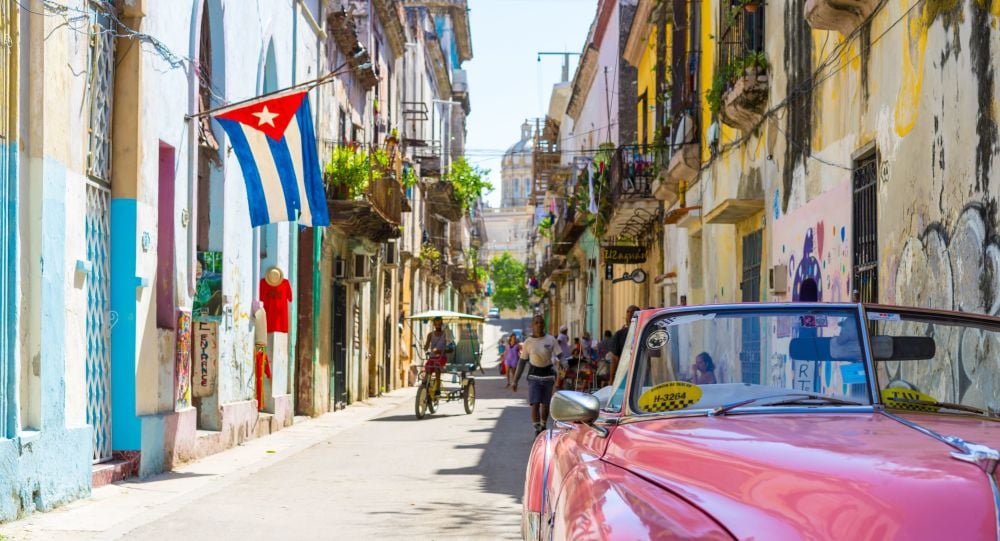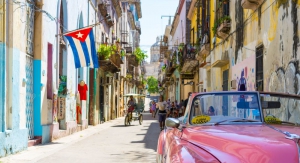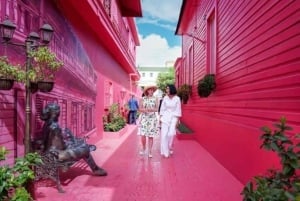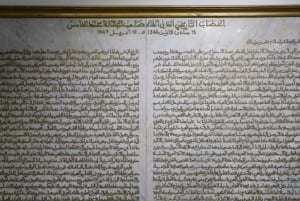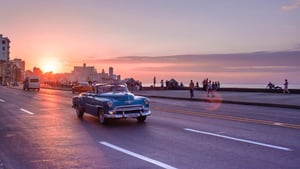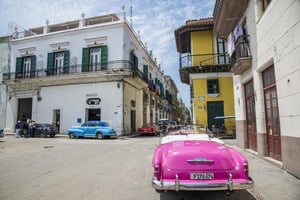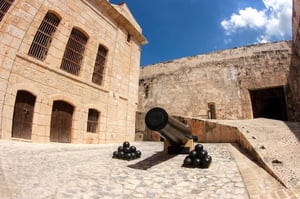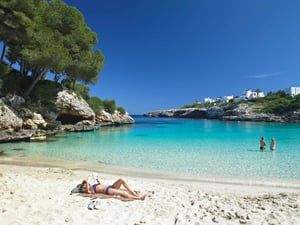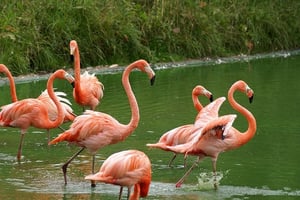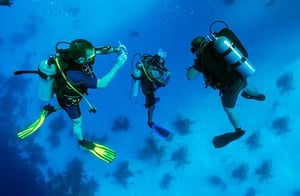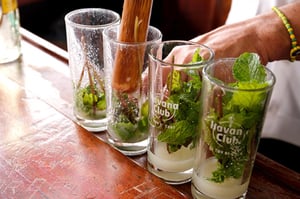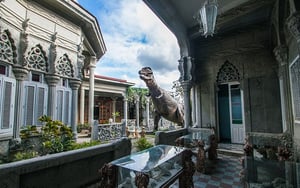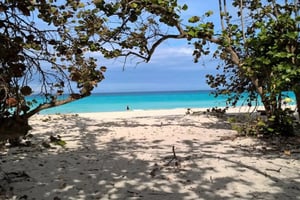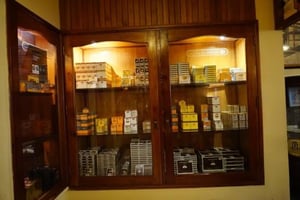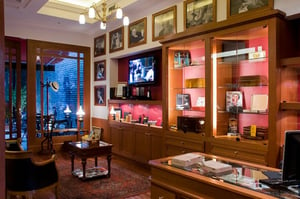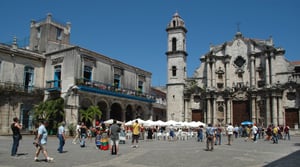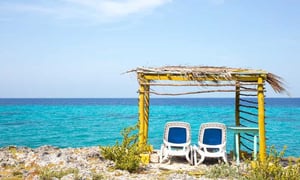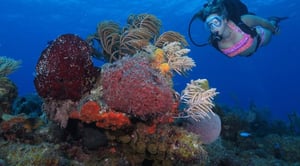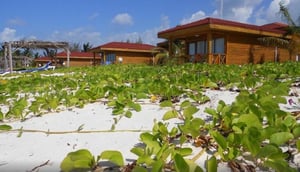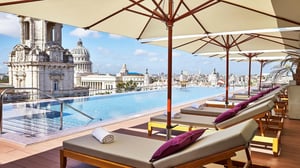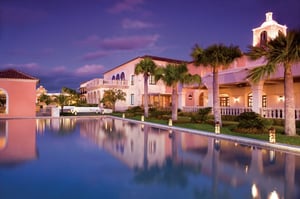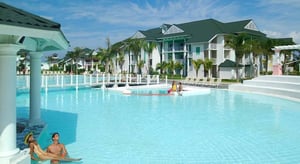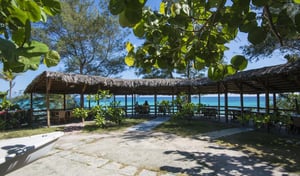Capital - City of Havana
The Republic of Cuba is made up of 15 provinces, 169 municipalities and the Special Municipality Isla de la Juventud. From the west to the east, the provinces are: Pinar del Río, Artemisa, Mayabeque, Havana City, Matanzas, Cienfuegos, Villa Clara, Sancti Spíritus, Ciego de Avila, Camagüey, Las Tunas, Holguin, Granma, Santiago de Cuba and Guantánamo.
The capital has more than 2 million inhabitants and a territorial extension of 727 km². It is located on the north coast of the western region of Cuba, facing the Florida Strait. Among the important cities of the country are: Santiago de Cuba, Holguín, Camagüey, Cienfuegos, Matanzas, Pinar del Río, Ciego de Ávila, Bayamo and Guantánamo.
Culture: Country with great cultural development, prodigal in artistic manifestations and creators. It has in its collection important names of writers, thinkers, dancers, musicians, painters, poets and singers. The Cuban handicrafts have a great development, with outstanding works in leather, vegetal fibers, wood, stone, metal and sea products.
Cuban cultural infrastructure consists of theater rooms, museums, libraries, art galleries and cinemas, in which national and international exhibitions are presented. The country is home to important international events such as the Ballet Festival, plastic art biennales, popular music festivals and the Festival of New Latin American Cinema, among others.
Economy: Cuban economy has two main resources: tourism and the sugar industry and its derivatives. Other important sources are: tobacco, coffee, rum, honey, cocoa and citrus fruits. Also the pharmaceutical and biotechnology industries, as well as the building materials, fishing, mining mainly nickel (the country has the world’s largest reserves of this mineral), copper, magnesium and refractory chromium.


